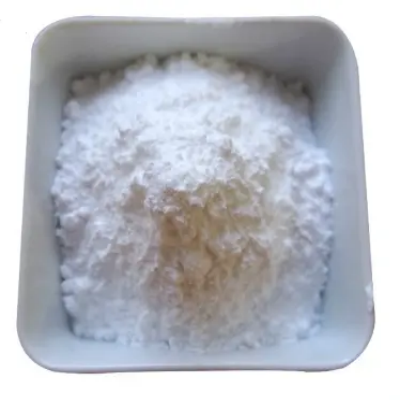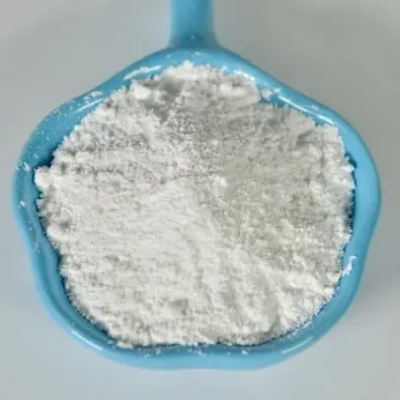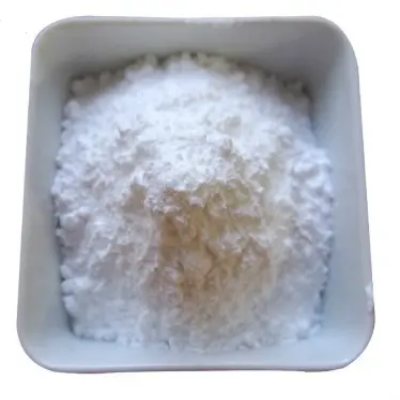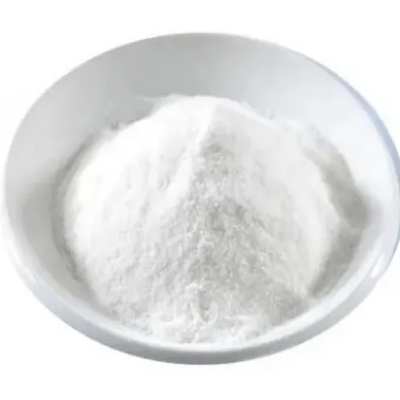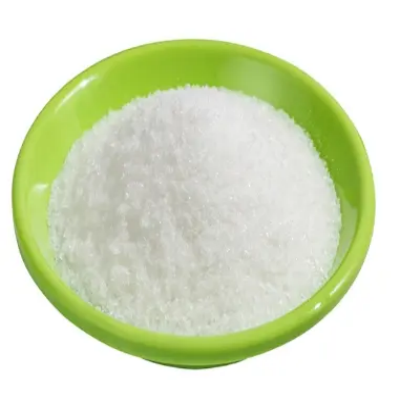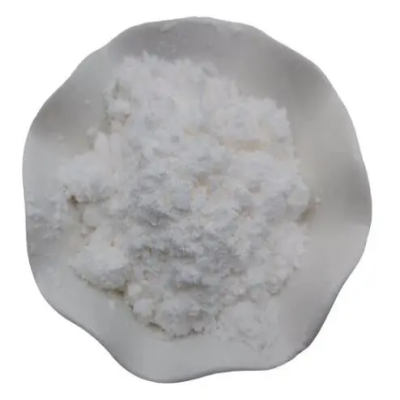2,4-Dichlorobenzaldehyde CAS:874-42-0
2,4-Dichlorobenzaldehyde is a versatile aromatic compound that serves as a key building block in organic chemistry. Its structure comprises a benzene ring substituted at specific positions, which modifies its reactivity and interaction with other chemical species. The introduction of two chlorine atoms contributes to its electron-withdrawing characteristics, influencing both its stability and reactivity in various chemical reactions. One of the principal applications of 2,4-dichlorobenzaldehyde is in the pharmaceutical industry, where it acts as a precursor for synthesizing numerous drug candidates. The presence of the aldehyde functionality allows for various transformations, including nucleophilic additions and condensation reactions, enabling the formation of complex molecules. These transformations are essential in developing therapeutic agents used in treating a range of medical conditions, including anti-inflammatory drugs and antimicrobial agents. In addition to pharmaceuticals, 2,4-dichlorobenzaldehyde is utilized in the agrochemical sector. Its reactivity can lead to the formation of herbicides and pesticides that effectively target specific pests while minimizing the impact on non-target organisms. By leveraging the compound's unique properties, chemists can design agrochemicals that enhance agricultural productivity and sustainability by managing pest resistance and environmental concerns. Moreover, 2,4-dichlorobenzaldehyde is employed in the synthesis of various fine chemicals and specialty materials. Its ability to undergo electrophilic aromatic substitution reactions can facilitate the introduction of additional functional groups, thereby expanding the potential applications for derived compounds. This versatility is particularly advantageous in materials science, where it can be incorporated into polymers or coatings to impart desired physical and chemical properties. In analytical chemistry, 2,4-dichlorobenzaldehyde serves as a useful reagent for derivatization techniques. Its reactive aldehyde group can form stable derivatives with various analytes, facilitating their detection and quantification through methods such as gas chromatography and mass spectrometry. This property makes it valuable in quality control and environmental monitoring studies. Synthesis of 2,4-dichlorobenzaldehyde typically involves the chlorination of benzaldehyde or related precursors, showcasing a practical approach to obtain this compound in laboratory settings. The availability of starting materials and straightforward synthetic routes make it a popular choice among researchers and industrial chemists. While 2,4-dichlorobenzaldehyde has numerous beneficial applications, it must be handled with care due to its potential irritant properties. Adequate safety measures, such as using personal protective equipment and working in well-ventilated areas, are essential when dealing with this compound. In conclusion, 2,4-dichlorobenzaldehyde plays a significant role in organic chemistry, offering valuable contributions to the fields of pharmaceuticals, agrochemicals, and materials science. Its unique structural features and reactivity render it an important compound for contemporary research and industrial applications, supporting innovation and development across multiple disciplines.



| Composition | C7H4Cl2O |
| Assay | 99% |
| Appearance | white powder |
| CAS No. | 874-42-0 |
| Packing | Small and bulk |
| Shelf Life | 2 years |
| Storage | Store in cool and dry area |
| Certification | ISO. |




